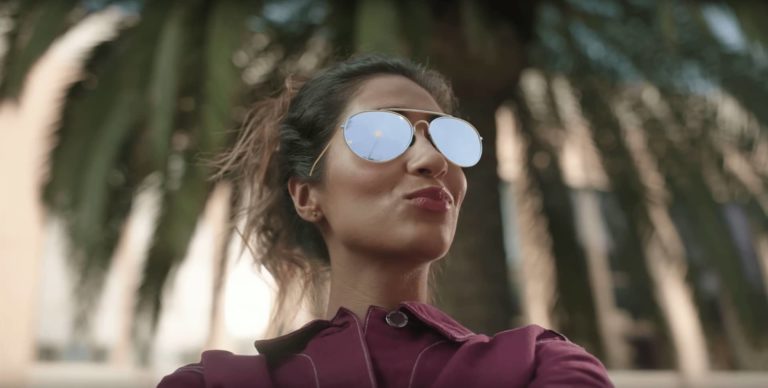
AR shopping has revolutionized the retail industry by offering customers an immersive and interactive shopping experience. By blending the virtual and real worlds, AR shopping significantly boosts customer engagement and experience, leading to increased sales and conversion rates. Moreover, it can also reduce return rates and costs, making it a cost-effective and efficient marketing strategy. However, for small and medium businesses, the implementation of AR shopping has always been a challenge due to the high costs and efforts required to create 3D models for their products.
Traditionally, creating high-quality 3D models for AR shopping requires significant time, expertise, and financial resources as a large portion of the process is still manual. Furthermore, logistics issues arise when businesses need to send their products to a studio for scanning, which can sometimes require international shipping. As a result, small businesses experience negative ROI and are discouraged from pursuing AR shopping, while more established businesses may only risk a limited number of products, leaving most of their catalog behind. This process can cost several thousands of US dollars and take up to 2-3 months before yielding results, which creates a bottleneck that only worsens as more businesses adopt AR shopping.
Generative AI can play a crucial role in pushing AR shopping forward by making it more accessible to small and medium-sized businesses, accelerating processes, and bringing the cost of 3D model creation down to zero. This can save businesses many hours and resources, allowing them to focus on other aspects of their operations. More than that, it could be a key enabler of AR shopping adoption, enabling businesses of all sizes to leverage this exciting technology to improve their sales and customer engagement. In fact, according to ARtillery Intelligence, AR-assisted shopping will drive $254 billion in consumer spending by 2027. This should motivate any consumer brands that haven’t developed AR shopping strategies.
Luckily, many companies already identified this market opportunity, and this of course led to many attempts to solve the problem of creating high-quality 3D models at scale. Some effective strategies have decided to focus on one niche product, such as eyewear, for Virtual Try-ons (VTO). This focused approach can ensure that the machine learning process delivers high-quality results at scale. While it’s difficult or impossible to achieve results that accurately showcase a product’s smallest details in a browser-based case, it is still possible to solve the issue for VTO as it is a more forgiving medium. With generative AI, 3D models can still stand head-to-head with the user experience of 3D models generated using traditional methods.
More importantly, now that the power of computing is on our side, Generative AI can help generate 3D models at scale at fraction of the cost and time, opening the doors for more businesses to participate in the AR game without risking big budgets ensuring that the ROI is always in the green. Once the technology can bring more accurate results, in more verticals, AR shopping and VTO will be adopted by the mass, by the smallest businesses, and even by individuals who sell 2nd-hand products on eBay. Having said that, it is obvious also that companies cannot be 100% dependent on AI as we realize while moving forward in the process, there will always be a need for the human element in the loop, although now it is a different role, but the ability to supervise and do the quality assurance is a crucial part of the process and cannot be ignored. You wouldn’t generate and publish an article or an essay on ChatGPT without proofreading or checking the facts and the storyline. The same goes for generating 3D models for e-commerce: it needs to meet a certain level of quality that cannot be left to the machine to decide.
All of the above hasn’t been possible until recently, which makes this an exciting and opportune time for the convergence of AR shopping and generative AI. That opportunity will only grow as the underlying technology – including both AI and AR – itself does. Here, competency will start with focused approaches on specific VTO product categories before expanding to a broader range of verticals. As these factors progress and converge, they’ll have a transformative effect on the way we find and buy products. Generative AI and AR will together push those boundaries.
 Adib Zaher is co-founder & CEO of Vree AI.
Adib Zaher is co-founder & CEO of Vree AI.

